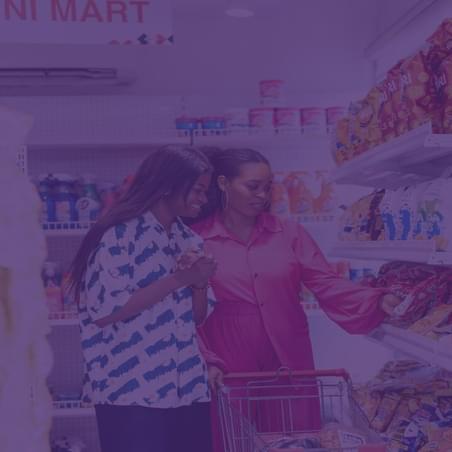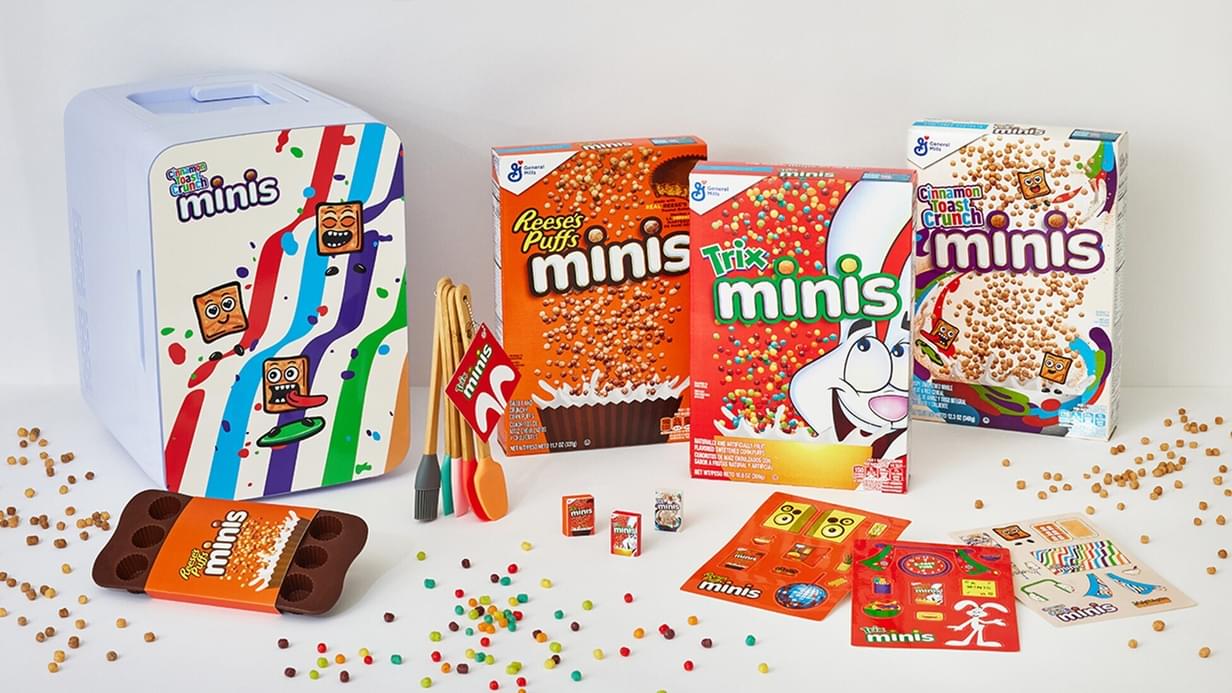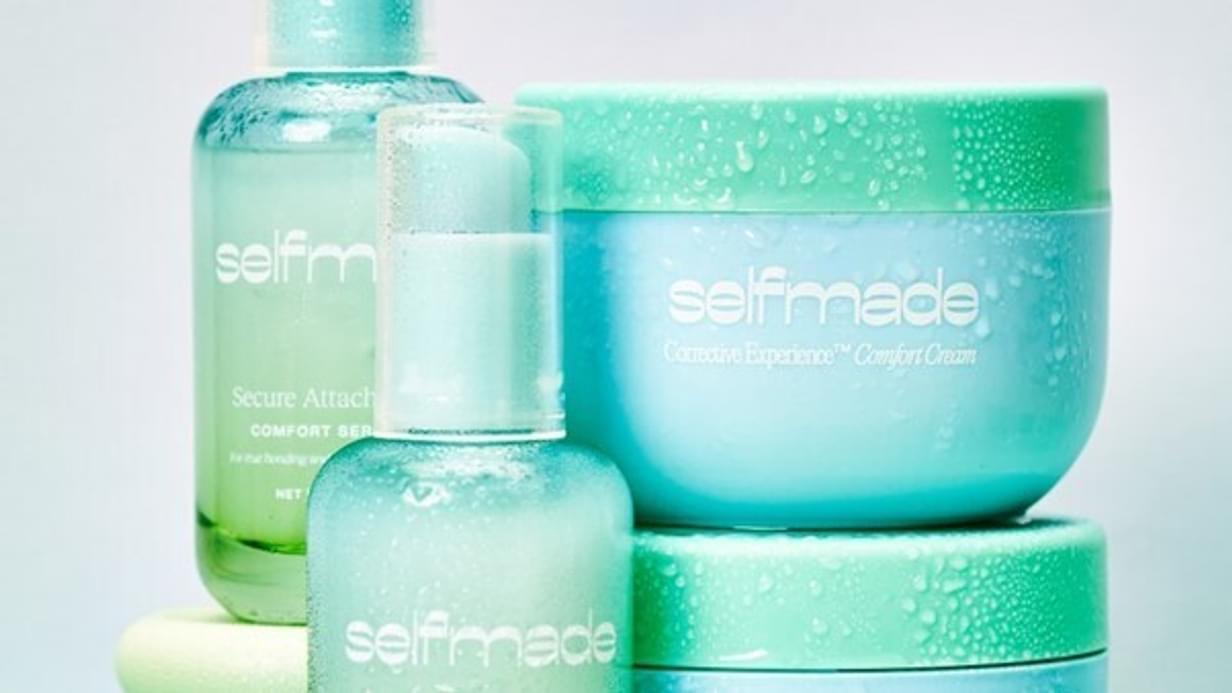Insights

06 Jan, 2026
Beyond Trend Hunting: Five Shifts Worth Betting On in 2026
Read More
Andrew Wardlaw
19 Jan, 2024 | 4 minutes
Back in December, a LinkedIn post shared an open source repository that is currently hosting around 200 trend reports for 2024. It’s a marker for how information rich we are, and how bombarded we’ve become. Luckily, AI is on hand to make sense of it all. But is it up to the job? Can it tease out what really matters? To find out, I put time aside to wade through a selection of reports and curated this account of what moved me most. You can compare what I think to AI’s interpretation in this sister blog. You can watch our reflections on both interpretations and the end of this article. This is human capability vs. ‘tech’, and it’s done in the hope of some kind of augmented intelligence. So, here goes!
Wherever you are in your relationship with AI, we can’t deny its ability to help humans navigate the acceleration of the information age – even if it is adding to it. I suspect that most of us are creaking under the weight of data and reports and are finding it more difficult to attain a bird’s eye view. To illustrate, I wanted to test my powers of deduction against generative AI. The training ground for this exercise was a selection of consumer trend reports. The aim: to reveal what I believe are the most important trends impacting anyone connected with everyday consumer products and compare with what AI ‘thinks’.
In this blog, I share 10 main themes that are reflected across the reports, each one cross-referenced against all my worldly experience, my intuition and creativity.
If you’re looking for the dominant consumer headspace for 2024, then cautious embrace is it. 2023 was a year when many of us recalibrated our needs, values and how we spend our time. In the next 12 months, we will be more equipped to take on this chaotic world and we will lean towards brands that help us face the future more confidently.
While many trend reports advise that shoppers, suppliers, and retailers will remain cautious in the coming year, there is repeated acknowledgment that our needs and preferences are changing fast and that this will build the case for a fresh wave of innovation.
One aspect of the narrative that could emerge from 2024 is the rise of the kidult – burnt-out consumers who increasingly turn to play to escape the stressors of modern life. Brands offering playful experiences could reap the benefit.

Adults welcome. Lego has recently released a range of products for the kidult, a narrative that could extend to mainstream grocery categories.
As we consider the trajectory for consumer demand from 2024, we must acknowledge that we are nearing or have passed the point of peak consumption in multiple leading economies. The enduring cost of living crisis has already caused irksome volume declines across most CPG categories in major markets. It’s entirely possible that people will get used to consuming less. But the most profound downward pressure on consumer demand is stagnant or declining populations – and it’s starting to bite! Fertility rates are falling, and people are choosing to have fewer children. In China, the birth rate continues to plummet despite an end to the one child policy. In Europe, German and Portuguese populations have gone into reverse. Granted, the global tally of available consumers is still expected to rise, but it will become increasingly clear that brands will need to rethink their growth strategies in those markets with fewer citizens.
And it’s not just population decline that’s proving to be troublesome, it’s also the prospect of a wholesale reduction in calories consumed as governments double down on tackling obesity – which may include the rolling out of appetite suppressants following tests with encouraging results. Corporate and consumer efforts to reduce food waste and an emerging macro mindset that accepts an ‘end to abundance’ means it’s easy to picture CEOs pondering how their companies can continue to prosper in smaller markets.
For sure, market share is about to take on renewed importance, with companies investing in more resilient product ranges, and finding new ways to displace competition and achieve a robust permanence in people’s repertoires. The case for additional premium innovation will explode as a chief response to volume decline. Meanwhile, retailers will continue what they’ve already started: a ramping up of in-store promotions to boost overall volumes. Manufacturers will need to alter their trade marketing budgets or lose out.
It’s easy to picture CEOs pondering how their companies can continue to prosper in smaller markets.
With private label already on the attack, AI will make shopper data an even greater weapon in the battle for consumer engagement, enabling even faster identification of trends and demand spaces. As a result, brands will need to invest in datasets that help them level the playing field.
AI is already causing ripples, and its increasing ability to analyze and support people’s individual preferences will accelerate. Just as NETFLIX, AMAZON, and SPOTIFY might recommend something based on past behaviors, new AI-powered tools and gadgets are already suggesting what’s for dinner tonight or what wine or cocktail will suit somebody’s unique tastes.
But commentators also point out that if brands are to maintain trust with audiences, they will need to strike a balance between technological progress and human connections. Expect the emergence of a ‘human = premium’ mindset, whereby artisans and mixologists witness increased demand as people seek tangible realities outside of an algorithm.
Covid and its knock-on cost of living crisis has already generated a more intentional consumer – ensuring that today’s shopping baskets are more considered; more curated. This bodes well for private label, which will ramp up its position as the ultimate ‘product dupe’ to swoon, Gen Z, who arrive at the supermarket without any hang-ups about store brands whatsoever. So, expect retailers to escalate moves to improve the presentation and promotion of own label ranges in 2024.
Also in 2024, a growing incidence of de-influencing will be felt, as social media commentators assume more authentic and advisory roles. In addition, the increasing power of AI to predict people’s individual preferences (see Data potential) will lead to increased sensitivity by consumers who resent being sold to. In light of this, it will become increasingly necessary for brands to be upfront about how data is being used and prioritize the human experience of brand engagement.
‘Permacrisis’, and perpetual uncertainty, will see an expansion of the so-called YOLO economy as people deprioritize the future and live in the moment more. Hedonistic exploration and experimentation (via novelty products and experiences) will escalate. Categories such as No & Low alcohol will evolve to eradicate any perceptions of compromise.
Meanwhile, shrinking purchasing power will push consumers into finding new ways to treasure the mundane. Despite the rise in mindful consumption, growing consumer fatigue and economic pressure will give way to products that lean towards micro-dose gratification, escapism, and control. The perception of value will evolve, becoming more nuanced, as consumers bring a new level of intentionality to their consumption experiences. – from breakfast treats to coffee rituals. Product opportunities will include discovery sets, escapist elixirs, self-care hacks and bite-sized treats (see General Mills Minis Breakfast Bundle).
The perception of value will evolve, becoming more nuanced, as consumers bring a new level of intentionality to their consumption experiences
– from breakfast treats to coffee rituals.
On social media, content depicting ‘enchantment’, ‘joy’ and ‘glimmers’ (micro-moments of joy) will increase.
Meanwhile, the beauty sector will accelerate away from any quest for perfection and put much greater emphasis on supporting self-care. Household sectors, such as cleaning and laundry care, will see big moves into the well-being space.
All in all, expect further moves towards neo-hedonism – the ramping up of everyday moments with sensorial delights. New culinary experiences; basking in the beauty of nature; connecting with loved ones in innovative spaces.
Post cost of living crisis, people will want more meaningful experiences – not ostentatious ones, and that means that products have an opportunity to elevate the everyday. To deliver novelty. To create memories.

Age of enchantment. General Mills offers daily ‘glimmers’ with its Minis Breakfast Bundle.
With more attention being paid to value and premium hedonistic experiences, we will see further migration away from the middle ground. It’s a trend that can only accelerate given Gen Z’s aversion to a normies tag!
Branded manufacturers will increase efforts to rejuvenate mainstream propositions, making them more exciting, less substitutable, and more unmissable. And they will increase activity in premium spaces – not least because private label has been attacking here a lot recently, in attempts to elevate perceptions of store brands.
One report expects consumers to embrace ‘messy realism’, which will manifest as anti-perfection, with migration towards human interactions and brands that are considered more authentic.
No one expects hard-pressed consumers to go eco-crazy in 2024, but a combination of factors, including the encroachment of AI, will gently reframe people’s relationship with nature, with a growing desire to feel more connected to the natural world. Biodiversity and regenerative agriculture will see injections to their momentum, and innovation will start to pop up in mainstream spaces, including eco-cocktails!
A narrative around ‘minimum impact’ products and services will also take hold, presenting a challenge for brands that seek to provide experiences that don’t cost the earth.
Expect manufacturers to continue to develop more holistic measures of success, building on the 42% of corporations that incorporated sustainability metrics into their marketing dashboards in 2023.
The next chapter in wellness will be truly holistic, with the emergence of mind-body beauty, where mental well-being and physical appearance are interconnected.
In response, brands will promote healing and revised daily routines that elevate the role of beauty and personal care products in enriching life. For example, addressing stress, anxiety and mood via mindful application and meditation.
Practices such as psycho-dermatology (how psychological well-being impacts skin health) and neuro-cosmetics (centered on the mind-skin connection) will feed into mainstream product launches.
Meanwhile, AI (yes, that again) will further its transformation of the beauty industry by making it more personalized, efficient, and effective. AI is already accelerating product development, promoting inclusivity, and identifying gaps.
Whether it’s beauty products or functional foods, many categories will witness ‘paradigm shifts’ as consumers prioritize efficacy and functionality over glossy packaging and flashy marketing. People will see value in results rather than superficial factors.

Holistic reality. Selfmade is an early example of psycho-dermatology, promising outer benefits of inner calm.
As a response to recent noise surrounding ultra-high processed foods, 2024 will see food and beverage brands help consumers make more informed decisions about how certain products ‘fit’ into their diets. Expect narratives defending the role of processed foods in our lives – be it based on tradition, health, or naturalness. Positive examples include stone-ground flour, cold-pressed oil, and fermented dairy.
Coupled with the realities of an aging population, there are opportunities to debunk ‘old’ stigmas and support people in extending their healthy years. Products that offer proper nutrition that tackles age related conditions such as diabetes, cholesterol, and bone & joint issues will increase in number.
Gen X is often considered the forgotten generation, but they account for the most significant share of food and drink spend in many markets. Expect more brands to recognize this!
With digitally raised Gen Z pushing us all towards a global village scenario, we are likely to see further pockets of resistance that make the case for local identity and heritage.
In response, expect brands to increase initiatives that engage consumers on a more localized level (via campaigns, products, etc.) and offer new ways in which regional consumers can express their identities.
According to Circana, formerly IRI, 2023 was not a shining example of innovation spirit in our industry. The data giant revealed that new product launches dropped by 22%. They rang an alarm bell suggesting that ‘entire categories are at risk of becoming innovation deserts.’ They also pointed out that less than 1% of innovation was new to world – responding to new consumer behaviors.
Brands must now ascertain what trends are most applicable, and how they can respond in ways that steal a march on private label. It’s worth referring to Kantar’s Marketing Trends report (included in this study) that restates its Brand Z report: brands that are perceived to be innovative by consumers deliver x3 more growth, and winning launches are more consumer-centric and shape category direction. The report suggests that the brand must be brave. And I agree.
How brave will your brand be? A pioneer or a follower?
This year, we pitched human capability and ingenuity against AI. Tune into our reflections of this experience in this short video.
Insights

06 Jan, 2026
Beyond Trend Hunting: Five Shifts Worth Betting On in 2026
Read MoreInsights

28 Nov, 2025
Five Products: Showing How Sound Shapes Modern Consumer Experience
Read MoreNews

25 Nov, 2025
'If Your Product Updates Don’t Match the Frequency of Smartphone Upgrades, You'd Better Rethink Your Strategy.”
Read More